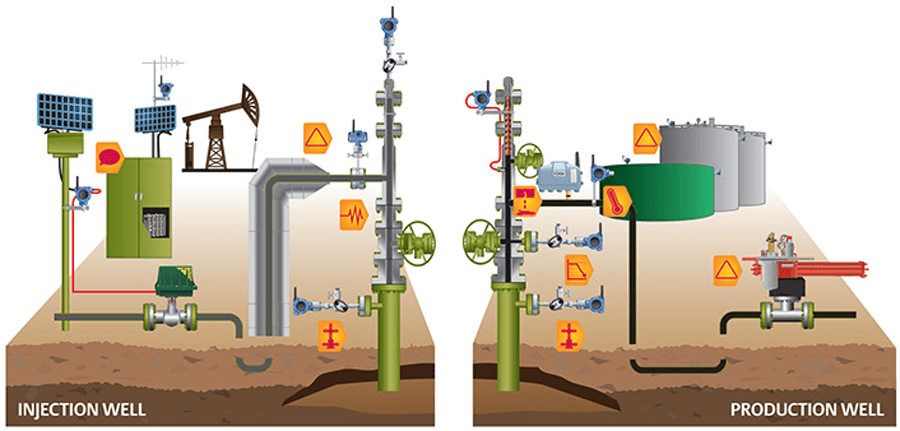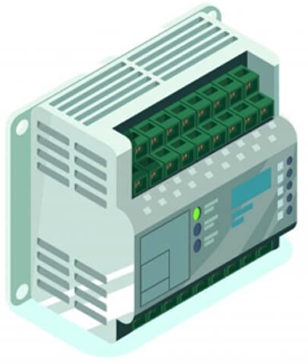Automation
We partner with tier-one manufacturers to provide design solutions and equipment to address the critical needs of oil and gas facilities. We provide high-quality service to ensure a reliable and safe automated environment for locations.
Common Threats to Onshore Well Performance

![]()
Well Integrity
An increase in either the annulus or bradenhead pressure can result in a well shut-in, increased workers, or a potential safety/environmental incident.

Changing Production
A change in the flow of pressure or temperature can indicate a reduction in flow leading to decreased production or wellborn damage.
![]()
Maintaining Secondary Recovery
Non-monitoring of injection rates can lead to increased operating costs and in certain cases, decreased recovery efficiency and reduced production.
![]()
Health & Safety
Manual monitoring and repairs increase time in the field, resulting in elevated personnel risk and more exposure to site-related hazards.
![]()
Environmental
Leaks caused by mechanical failures can have an environmental impact. Early detection of abnormal conditions such as sand and erosion can help avoid leaks and their consequences.
![]()
Communication
Lack of timely and reliable communication leads to deferred/lost production and increased costs.
I&E Technology Automation Programming
 Our I&E Technology team is built on experience. We provide an extensive list of services to our clients from bringing new ideas to life to implementing tried and true controls practices. Utilizing industry leading software, our team develops ladder logic that is easy to read, compact, and able to be maintained by in-house Customer employees or contractors. You can be confident in knowing every detail is accounted for and commissioning is completed per Customer standards.
Our I&E Technology team is built on experience. We provide an extensive list of services to our clients from bringing new ideas to life to implementing tried and true controls practices. Utilizing industry leading software, our team develops ladder logic that is easy to read, compact, and able to be maintained by in-house Customer employees or contractors. You can be confident in knowing every detail is accounted for and commissioning is completed per Customer standards.
NES’ Automation team combines decades of industrial automation programming, troubleshooting, and commissioning experience into a high-powered team capable of performing the most complicated projects. From DCS development and implementation to stand alone skid control program and HMI development the team delivers on all facets of industrial automation.
- Project Management
- Standardization initiatives
- SCADA system design and maintenance
- Fiber installation and maintenance
- Leak detection system design
- Network design
- Process control programming and troubleshooting
- FreeWave network design configuration
- XSPOC server administration and site installation
- TMS terminal software configuration
- P&ID development and interpretation
- Lantronix terminal server programming
- Daniel’s Gas chromatograph maintenance and troubleshooting
- N-Tron radio network design
- WonderWare
- CygNet
- Honeywell DCS administration
- Allen Bradley PLC 5
- Allen Bradley RSLogix 500
- Allen Bradley RSLogix 5000
- Allen Bradley HMI Development
- Panel View HMI Development
- Studio 5000
- Factory Talk View Studio
- Factory Talk View ME
- Factory Talk SE
- Panelbuilder 32
- Radar Configuration Tools
- Rosemount Radar Master
- Rosemount Transmitters
- Red Lion Crimson
- Fisher ROC processor configuration
- Eaton drive configuration
- GE Fanuc PLC programming
- Mitsubishi PLC programming
- Siemens PLC programming
- Texas Instruments PLC programming
- VFDs
- Valve actuators
- Flow computers
- Data Liners 10, 20, 40
- RSSQL
- FactoryLink
- Momentum
- Quantum
- M340